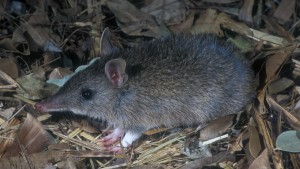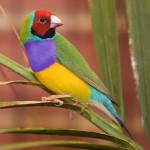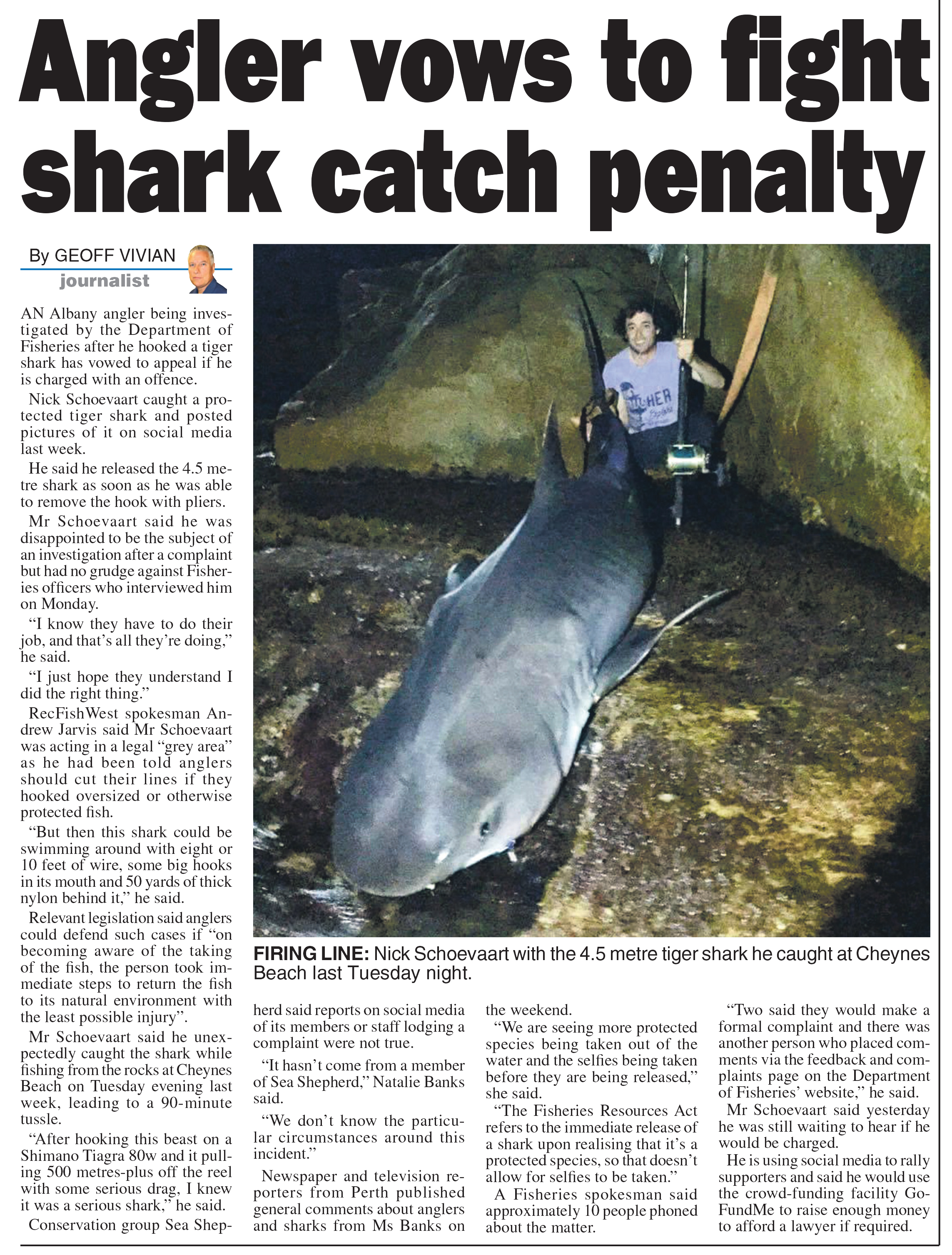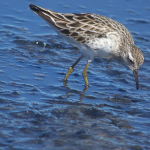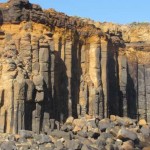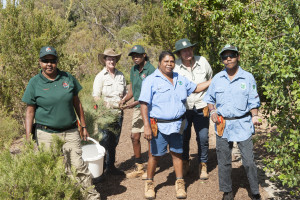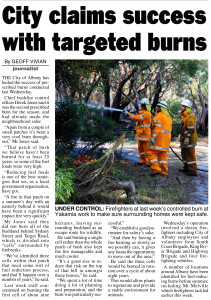Text by GEOFF VIVIAN
TWO Australian National University researchers have used a high-tech isotopic method to estimate the potential age of the Burrup Peninsula’s rock art, based on the rate at which the rock surface erodes.
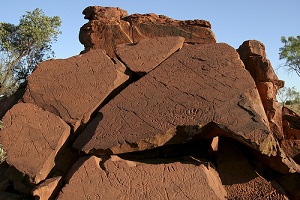
“Our measurements indicated that some of the surface erosion rates at the Burrup are amongst the lowest in Australia and indeed the world”—Prof Pillans. Image: Paul Williams
Geologist Professor Brad Pillans and nuclear physicist Professor Keith Fifield employed cosmogenic radionuclide measurements of the isotope beryllium-10 on rock surfaces at the world-famous Pilbara site.
They concluded that the oldest carvings could be 20- 30,000 years old, or even older, which implies they were possibly made when the site was a range of low hills about 100km inland from the glacial-period coastline. Continue reading
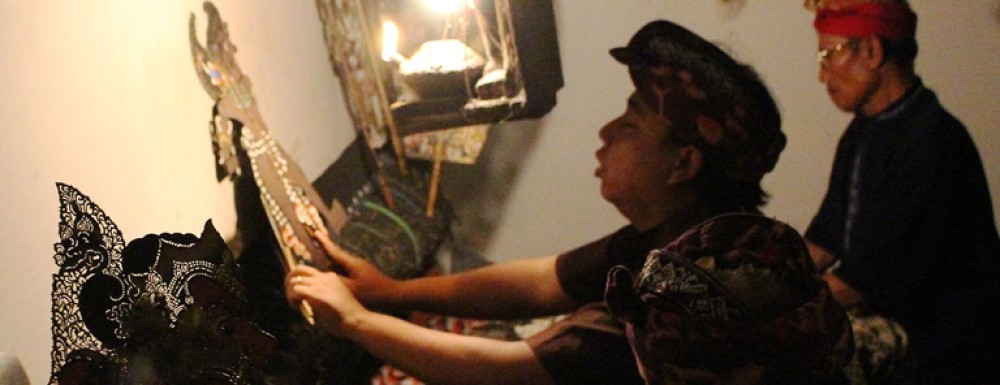
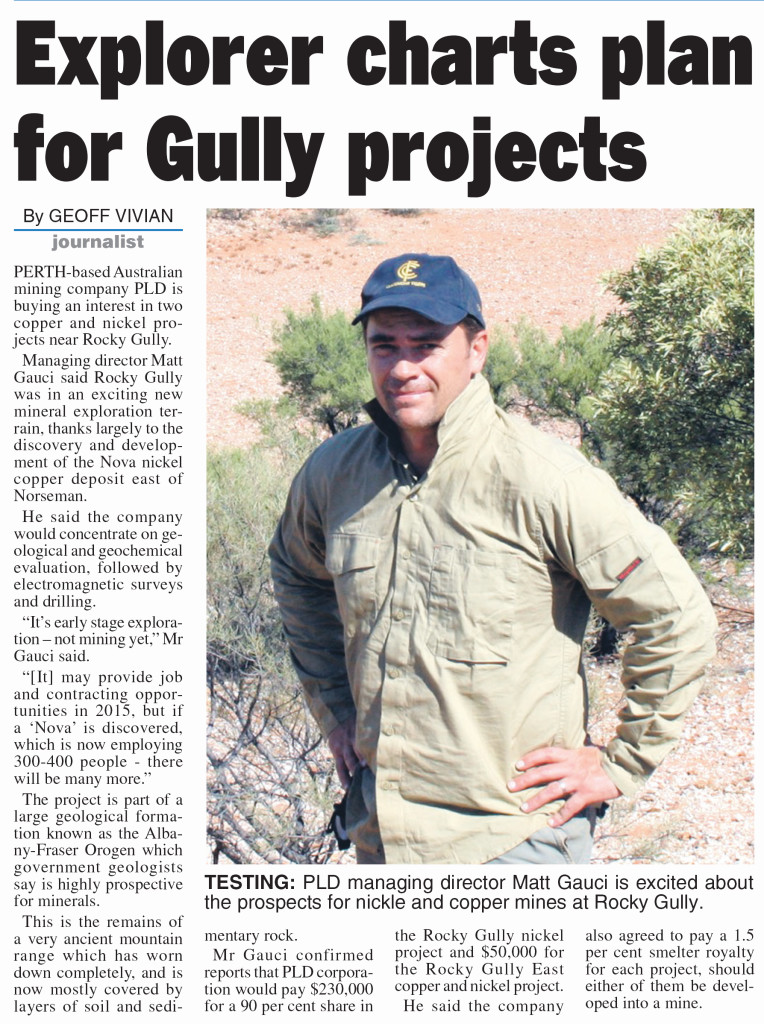
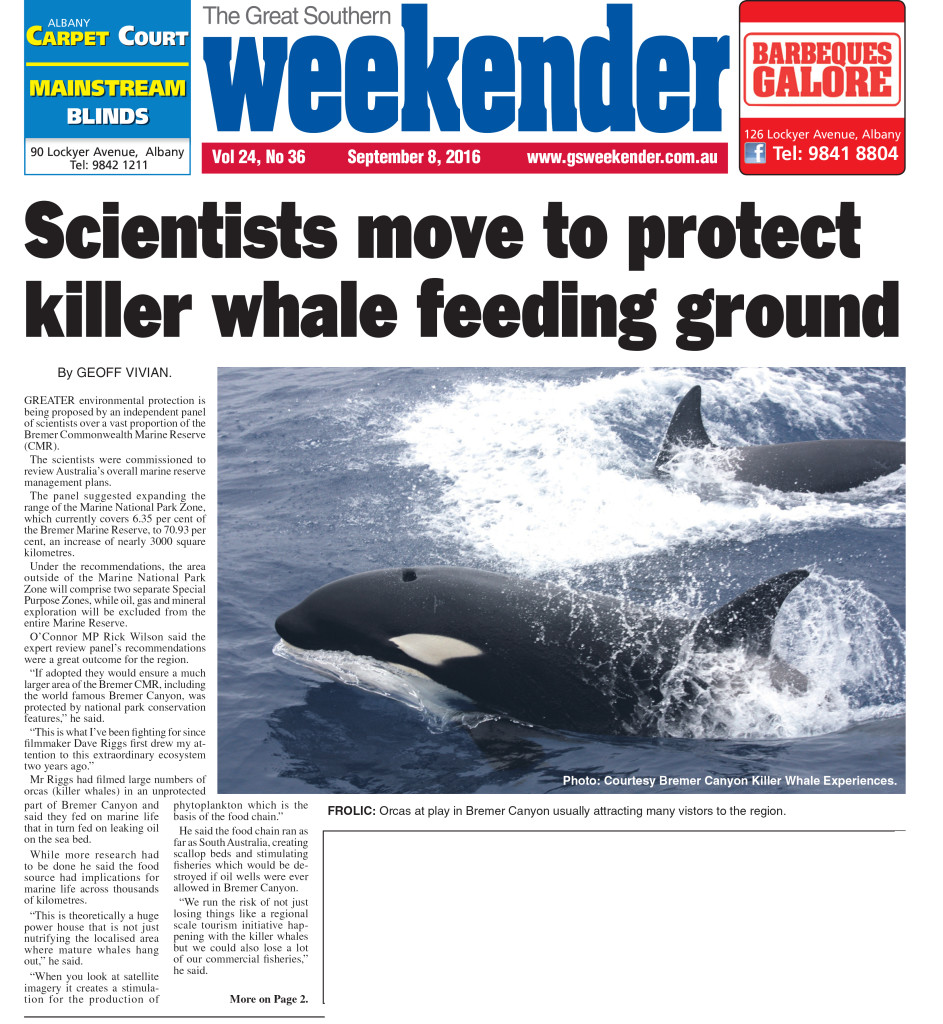 Owing to a change in format this is my first front page for three years – we had a single pic on the front page up until last week.
Owing to a change in format this is my first front page for three years – we had a single pic on the front page up until last week.